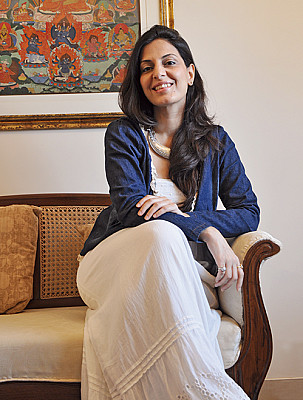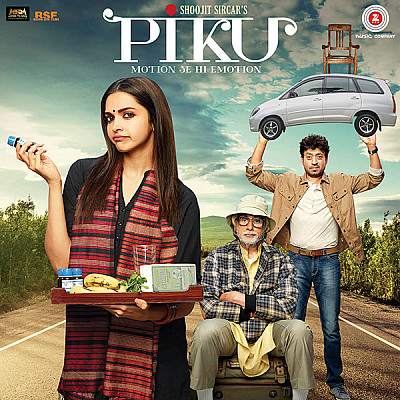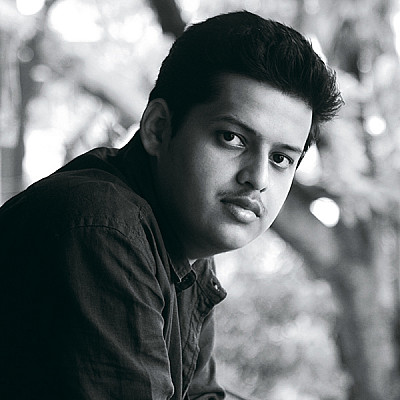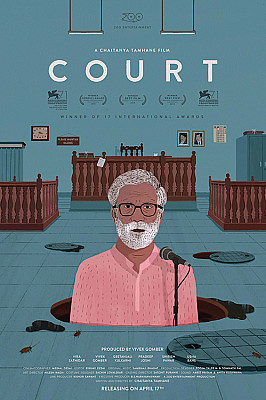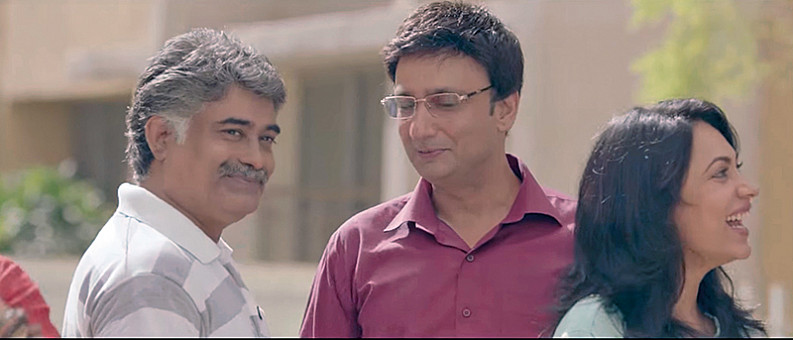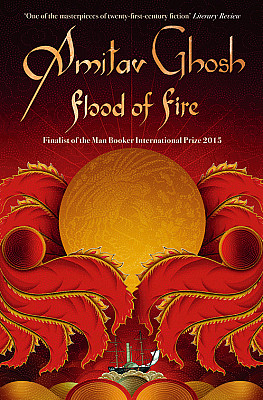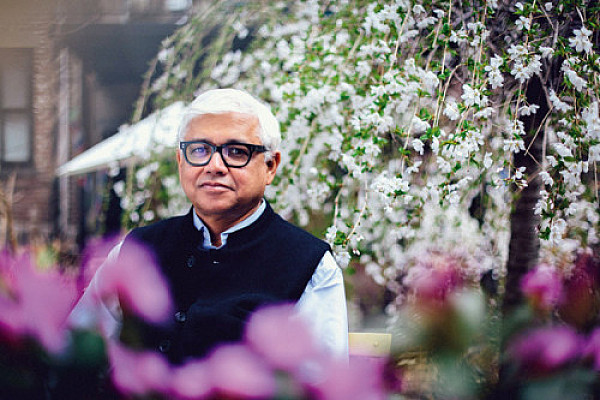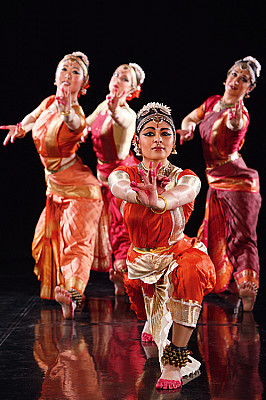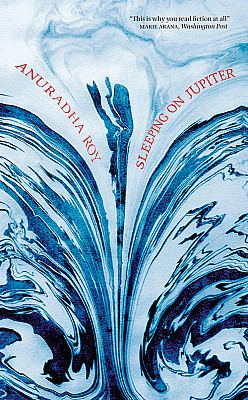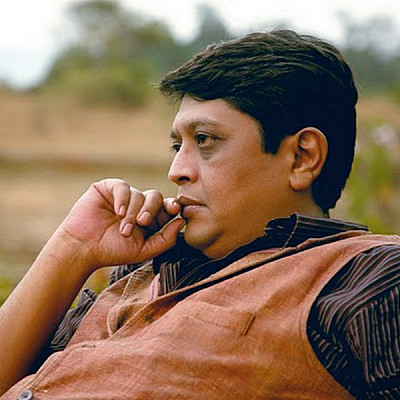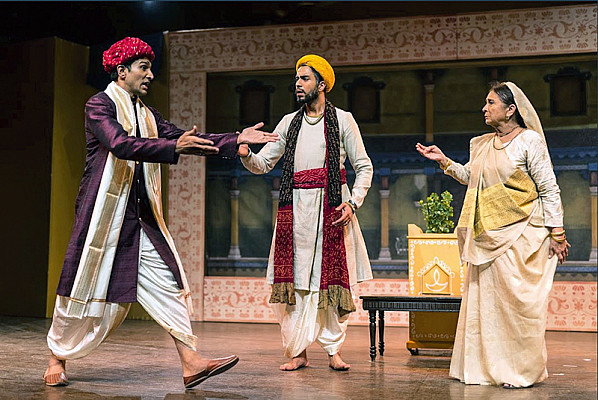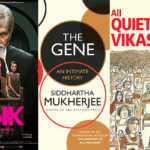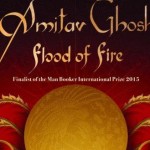9 Most Moving Stories of 2015
1. Piku
Scriptwriter, Juhi Chaturvedi
There are movies that hit you, themes that come at you with vigour — and those that subtly make their way into your musings. Working alongside director Shoojit Sircar, Juhi Chaturvedi quietly delivered the latter, with her poignant assessment of the complex bond between a belligerent, constipated 70-year-old Bengali man named Bhaskor and his beleaguered, unmarried daughter Piku. The most eccentric family movie in recent times, it digs into the theme of role-reversal between parent and child, avoiding obvious depictions and giving prominence to reactions that are rarely explored on reel. Essentially, it touches a nerve with the audience.
With a superstar line-up of actors (Amitabh Bachchan as Bhaskor, Deepika Padukone as Piku and Irrfan Khan as Rana Chaudhary — a stranger who finds himself knee-deep in the family’s bedlam) Piku succeeds in being a full-length film daringly centred on bowel movements and daily spats…without coming across as either crass or juvenile. When Rana finds himself in the pickle of having to drive the verbose, hypochondriac father and his exasperated daughter from Delhi to Kolkata, remarkable banter ensues. Khan and Bachchan are seen at their candid best, brazenly discussing Western commodes, and sharing bowel movement tips.
One also notices subtleties in Chaturvedi’s writing that infer the constant presence of a silver lining, even during potentially arduous parts. So, though it has more ‘toilet humour’ than one would recommend, the film holds a mirror to social truths in a way that spotlights Chaturvedi as one of today’s most perceptive chroniclers of bourgeois India.
2. Court
Director, Chaitanya Tamhane
An overwhelming indictment of the Indian legal structure, Court depicts a brutally sluggish judicial process encircled by a blend of ineptitude, apathy and communal disparity. The movie follows Narayan, an elderly folk singer and activist, arrested on a contrived charge of provoking a sewage worker to commit suicide. Chaitanya Tamhane presents a concoction of tragedy and hilarity with an unusual naturalist approach to film-making.
In so many perceptible ways, India’s official selection for the 88th Academy Awards couldn’t be more different from the entries that went before it. While it’s abnormal for an Indian film-maker to take the multilingual path, Tamhane does so with elan, employing Hindi, Marathi, English and Gujarati. The Mumbai courtroom seems to be straight out of reality. The premeditated pacing of the movie emphasises the slothfulness of Indian law and order, while the use of a rigid, stationary camera in the courtroom serves as a visual expression of legal inaction.
The realism continues with the absence of mood music; the infusion of dark humour prevents the film from seeming like a documentary. A mix of sentiment and rationale powered by nuanced authenticity, Court establishes the fact that, when it comes to making legal dealings fascinating, no added drama is really necessary.
3. Kissanpur — ‘Discovering Real Togetherness’ Ad
Lowe Lintas Advertising
Ketchup brand Kissan returns with another digital commercial as part of Kissanpur, their three-year-old enterprise, that promotes community building. Shining the spotlight on disengaged metropolitan residents, it highlights what we’ve all been guilty of at times — the act of not making an effort to interact with our neighbours.
The ad film follows an elderly man through his residential society, past youngsters engrossed in their phones, and a car owner who drives into a parked car but only steps out to check his own vehicle. A lady drops her groceries and is — surprise, surprise — ignored. The man comes to her aid, but gets no more than a passing glance as she walks away, talking on her phone. A tomato-shaped bottle cap, however, is left on the ground. The sweet old chap sits by a fountain, when he’s approached by a curious young boy who discovers a packet of tomato seeds inside the cap. The mood changes as we see the duo gardening in great spirits as they are joined by more children. Emotionally, the ad takes you up, down and up again, with the plants being washed away by rain, replanted, and then protected by a few quick-thinking dads. The finale is poles apart from the opening, with the community having come together to look after the tomato garden, articulating joys that stepping back from the digital sphere and building bona-fide connections can bring.
4. Flood of Fire
Author, Amitav Ghosh
The third and final book of the Ibis trilogy turns an account of the opium trade in China, as well as China’s relationship with the British merchants and government in the 1830s and early ’40s, into an intense revelation of the power of addiction and greed. Amitav Ghosh includes a wealth of information in an easily digestible form with interesting characters and colourful language. The addition of two new characters allows him to incorporate the viewpoints of a sepoy in the East India Company’s army and those of a distinguished lady from Bombay’s Parsi community to the innumerable perspectives he has already presented on the First Opium War.
Not only is Ghosh unafraid of using local idioms — whether the speaker is Chinese or Parsi — to make the characters fully express themselves, but he also maintains a superb sense of humour. Never didactic or pontifical, he ensures that his characters’ evolutions are plausible and well-motivated. Flood of Fire is just as compulsively readable as the first two books, proving to be a true treasure for a reader looking for an affecting, many-sided representation of history.
5. Song of the Jasmine
Creators, Aparna Ramaswamy, Ranee Ramaswamy and Rudresh Mahanthappa
Recognised by awards from America’s National Endowment for the Arts, the National Dance Project, the MAP fund and the McKnight Foundation, the Ragamala Dance Company represents Indian arts and culture with vehemence, all the way in Minneapolis, Minnesota. The company’s latest venture, titled Song of the Jasmine, sees co-directors and mother-daughter duo Ranee and Aparna Ramaswamy collaborating with award-winning saxophonist and composer Rudresh Mahanthappa.
The production toggles between the past and the present, composition and improvisation, while delving into the concept of longing. Western jazz fuses with South Indian music and dance, as the choreographers revisit the medieval South Indian poet, Andal, upholding their ancestors’ traditions and interpreting these in their own distinct way. The first time that Mahanthappa has worked with dancers and the first improv jazz collaboration for Ragamala, this is a cultural ensemble that invokes the spiritual and the sensual as a thoroughly original, magnetic piece of art.
6. Here After Here After Here
Artist, Jitish Kallat
Six metres high and 17 metres in diameter, an alluring blue sculpture appears like a gargantuan sphere of endlessly looped traffic signage in Stockerau, Austria. The public art structure, a playful work that encompasses the local and the global, made Jitish Kallat the first contemporary Indian artist to have a permanent international outdoor display. He was invited to conceive the piece in 2012, by the Advisory Council of Public Art Lower Austria and the Regional Consortium of Ten Municipalities.
Located approximately 20 kilometres north of Vienna, the sculpture features a convergence of quite a few references like ancient eternal knots, the fabled symbol of ouroboros, sacred geometry and alchemical diagrams. The highway signage bears text, symbols, actual distances and exit signs connecting Stockerau to places all over the world, from Singapore and Paris to Mumbai, New York, Bucharest and Taipei. What’s more, with the circular form of the roundabout and the spheroid form of the display, the artist seems to symbolically connect Lower Austria to the rest of the world.
7. Sleeping On Jupiter
Author, Anuradha Roy
A riveting and heart-rending read, this one rightfully found itself on the Manbooker 2015 Long List. The story follows Nomi, a little girl who witnesses her father’s murder and watches her family, and life, as she knew it, fall to pieces. We’re introduced to an assortment of characters in the first few chapters, each with a clear and inimitable voice. After an extremely emotional beginning, the narration fast-forwards to two decades later, to a train journey with three elderly women on holiday and a young woman travelling to India to film a documentary.
Anuradha Roy not only brings alive the emotions and experiences of every character in a way that you begin to worry for their welfare, but she also writes with compassion when dealing with topics that could offend or upset. The lyrical prose draws, almost hypnotises the reader, and an organic, crude ending gives the story a dark authenticity. The novel presents the reader with an agonising feeling of knowing where the story is heading and, even then, with every page turned, a sense of trepidation is felt.
Sleeping on Jupiter also brings with it an element of surprise, when one first realises that the characters don’t just exist alongside each other, but that each plot was furthering the other’s. With each personality, Roy propagates modern thoughts based on ageless themes like the aftermath of violence, love, religion and home. It is not a ‘nice’ story; an undertone of risk and of looming tragedy prevails throughout — but it is the intimacy of the relationships between people that truly stands out.
8. Mere Piya Gaye Rangoon
Director and Writer, Sunil Shanbag and Mihir Bhuta
After Sunil Shanbag’s Gujarati adaptation of All’s Well That Ends Well was commended in 2012 and 2014 at the Bard’s Globe in London, the director decided to translate the play into Hindi with ace writer Mihir Bhuta. Painting an effervescent tableau of cultures, Mere Piya Gaye Rangoon is brimming with humour and valour.
Bhuta sets his action in Saurashtra, in the year 1900 — during the rapid rise of the Gujarati merchant community. The play incorporates the Bhangwadi style of theatre, which means that the characters sometimes sing their lines and break into dance. The approach of the actors speaking straight to the audience is enhanced by the fact that most of the action takes place downstage, establishing a connection between the spectators and the performers. Engaging and witty, the production is peppered with relatable Indian uniqueness, reinforcing the universal appeal and malleability of the Bard’s works.
9. Tamasha
Writer and Director, Imtiaz Ali
The movie itself may have missed the mark, but the form of narration used in this Ranbir Kapoor-Deepika Padukone starrer and the maturity of its concept certainly deserve mention. Traditionally, the term ‘tamasha’ means pantomime or sideshow, referencing village performances that employ rhythmic verses to tell stories. Ved, played by Kapoor, speaks in this kind of verse as the storyline goes back and forth in time, recalling childhood tales told by a local storyteller. Imtiaz Ali (using his previous street theatre experience) turns to the traditional rhythmic metre to portray contemporary Indian angst, be it in Ved’s almost-schizophrenic experimentation with self, his climactic monologue or his conversation with the old storyteller as an adult.
An exclusive excerpt from a deleted rhythmic scene from the movie: Flashback. Ved is climbing the stairs to the hostel block at the engineering institute with his luggage. Present time, at the paratha corner. Ved, breaking out of the memory, narrates — Phir se boring baatein saali…? Sudhar ja bandhu, pakad le kona, khol bichhona, daal de chaddar. Tujhko kya hai? Andar kya hai? Kya bakwaas hai yaar…hadd ho gayee…. He looks around at his impromptu audience. Matlab kya hai? In baaton ka, is duniya ka kya matlab hai? Aur kise padi hai…? Chhodh yaar matti kar…. Sun chhote…. Do aur cutting…(to the autorickshaw-wallah) Lega na…? Phir chalte hain….
Related posts from Verve:
Verve Trending
Sorry. No data so far.
us on Facebook to stay updated with the latest trends

